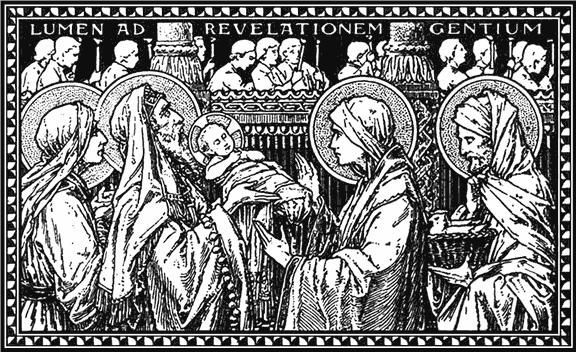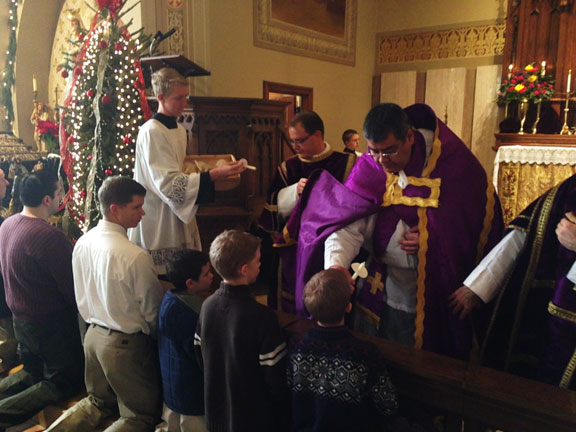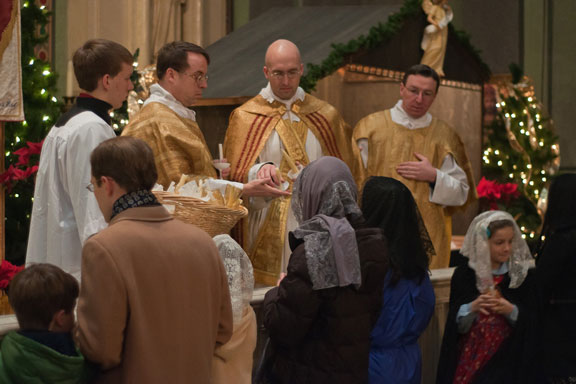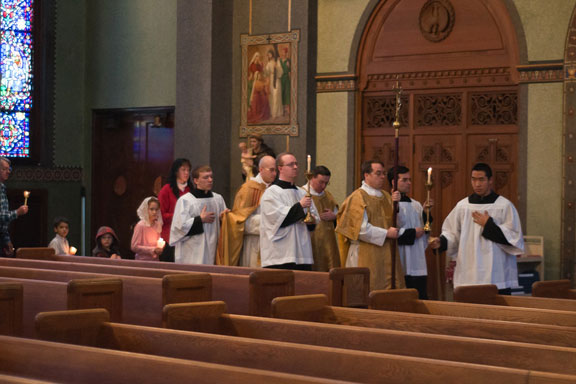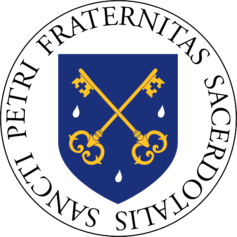Candlemas, the Purification of the Blessed Virgin Mary
Apostolates around North America concluded the Christmas season with the Feast of the Purification of the Blessed Virgin Mary, also known as Candlemas.
According to Mosaic Law, a mother who had given birth to a son remained unclean for 40 days after birth, in which time she completed her purification in blood. After the 40 days, the new mother was to “bring to the temple a lamb for a holocaust and a young pigeon or turtle dove for sin” (Leviticus 12), where a priest prayed for her and she was cleansed.
Mary complied with this precept of the Mosaic Law, and redeemed Our Lord from the temple according to the law established by God, “Whatsoever is firstborn of all flesh, which they offer to the Lord, whether it be of men, or of beasts, shall belong to thee: only for the firstborn of man thou shalt take a price, and every beast that is unclean thou shalt cause to be redeemed…” (Numbers 18) In this act, Mary’s Immaculate Heart is pierced with a sword of sorrow by the prophecy of Simeon.
The celebration of the Purification of Mary is known to have been celebrated from the times of persecution, for we see its celebration in the Church at Jerusalem in the time of Constantine’s conversion. At first celebrated 40 days after Epiphany, when Epiphany celebrated the Nativity of Our Lord, the Feast settled on February 2 after the Feast of the Nativity was established on December 25. In the Eastern Church it was called Hypapante tou Kyriou, the meeting of the Lord and His mother with Simeon and Anna.
During the Feast today, the priest offers five prescribed orations before he blesses beeswax candles by sprinkling and incensing. The candles are then distributed while the Canticle of Simeon is sung with the antiphon “Lumen ad revelationem gentium et gloriam plebis tuæ Israel,” “A Light to the revelation of the Gentiles, and the glory of thy people Israel,” repeated after every verse. Then follows the procession, and at which all the partakers carry lighted candles in their hands, the choir sings the antiphon “Adorna thalamum tuum, Sion”, composed by St. John of Damascus.
The solemn procession represents the entry of Christ, the Light of the World, into the Temple.
February 6, 2013


